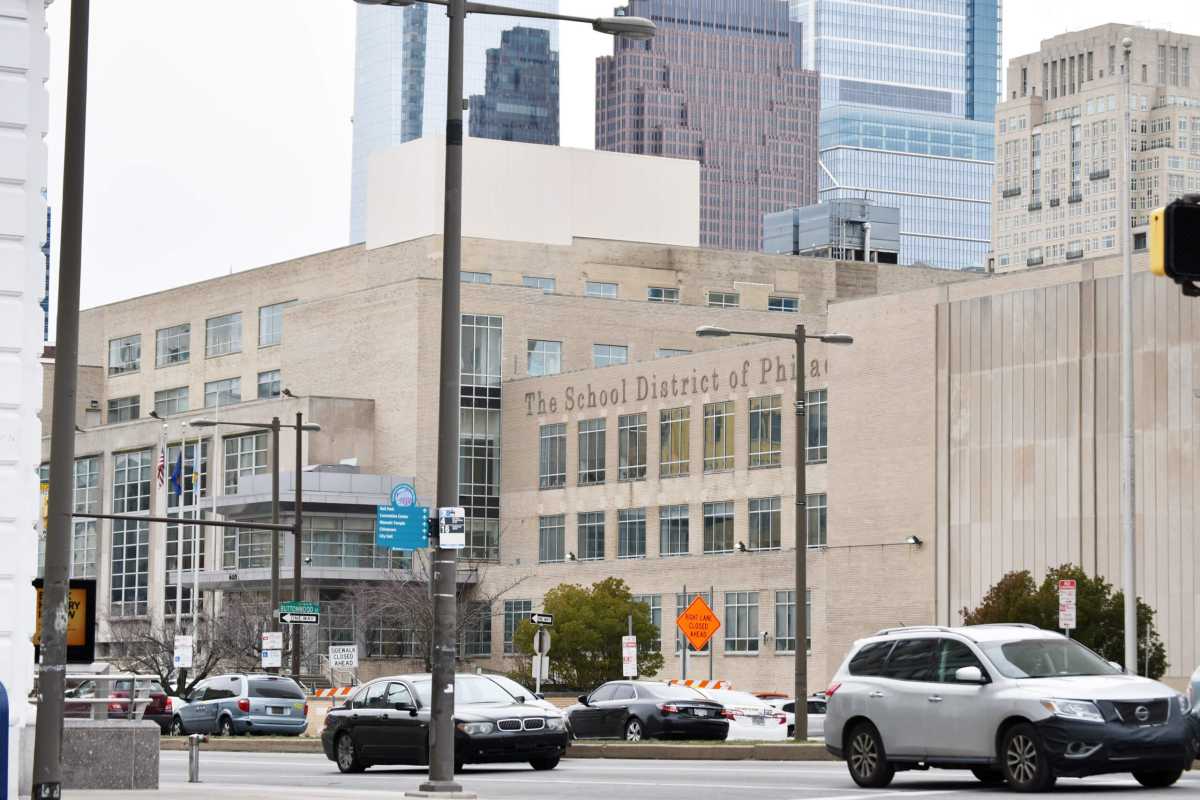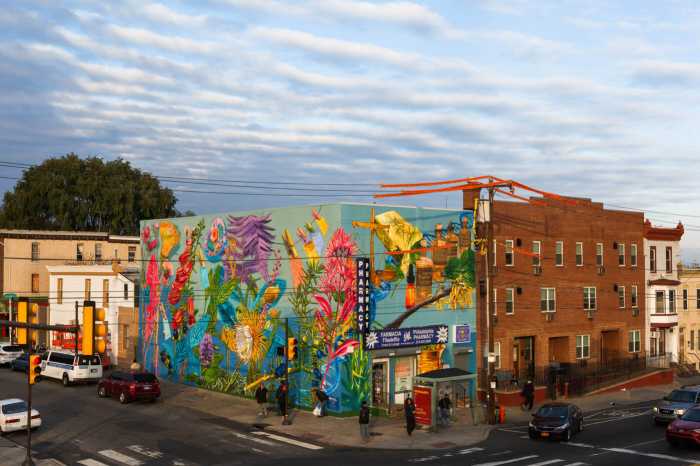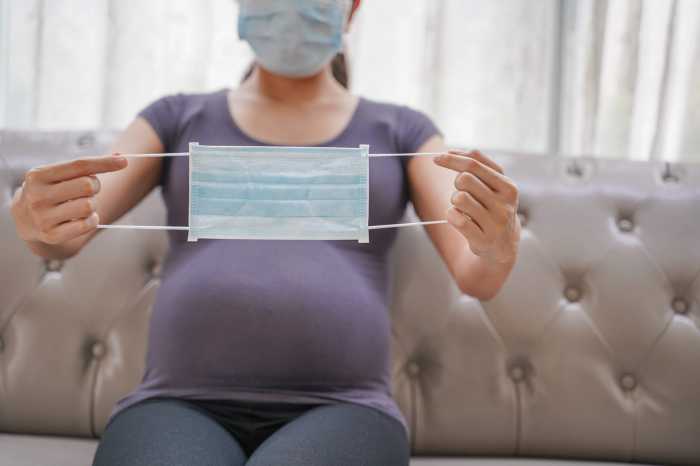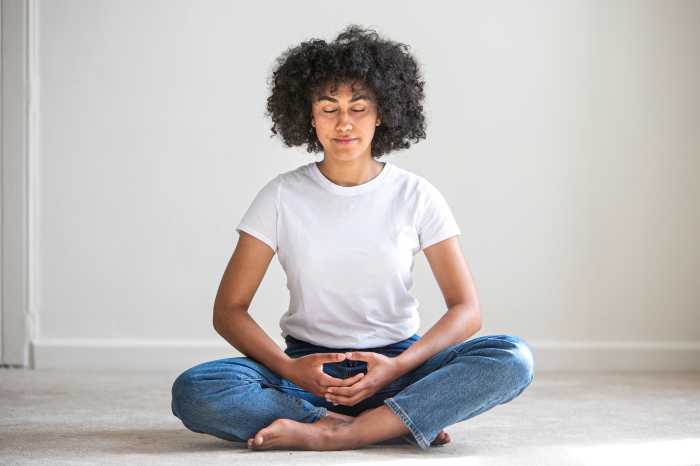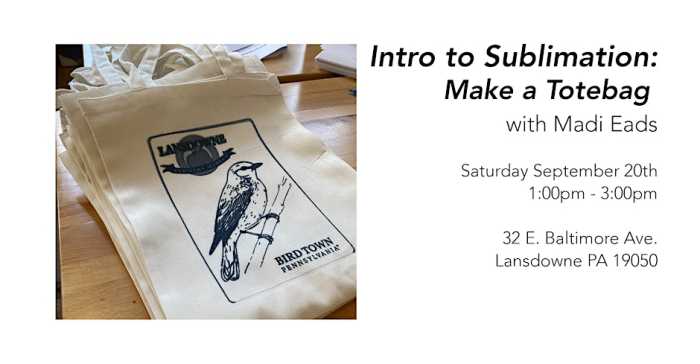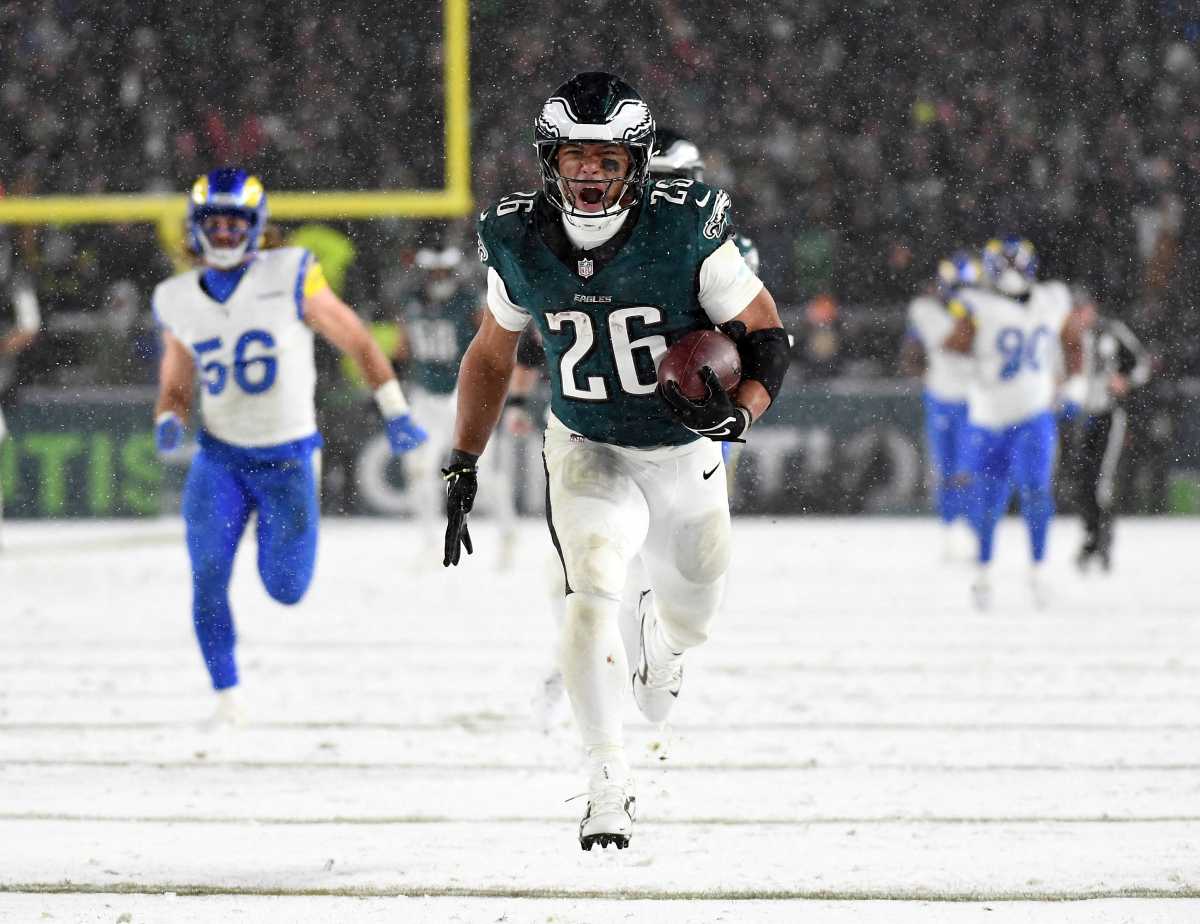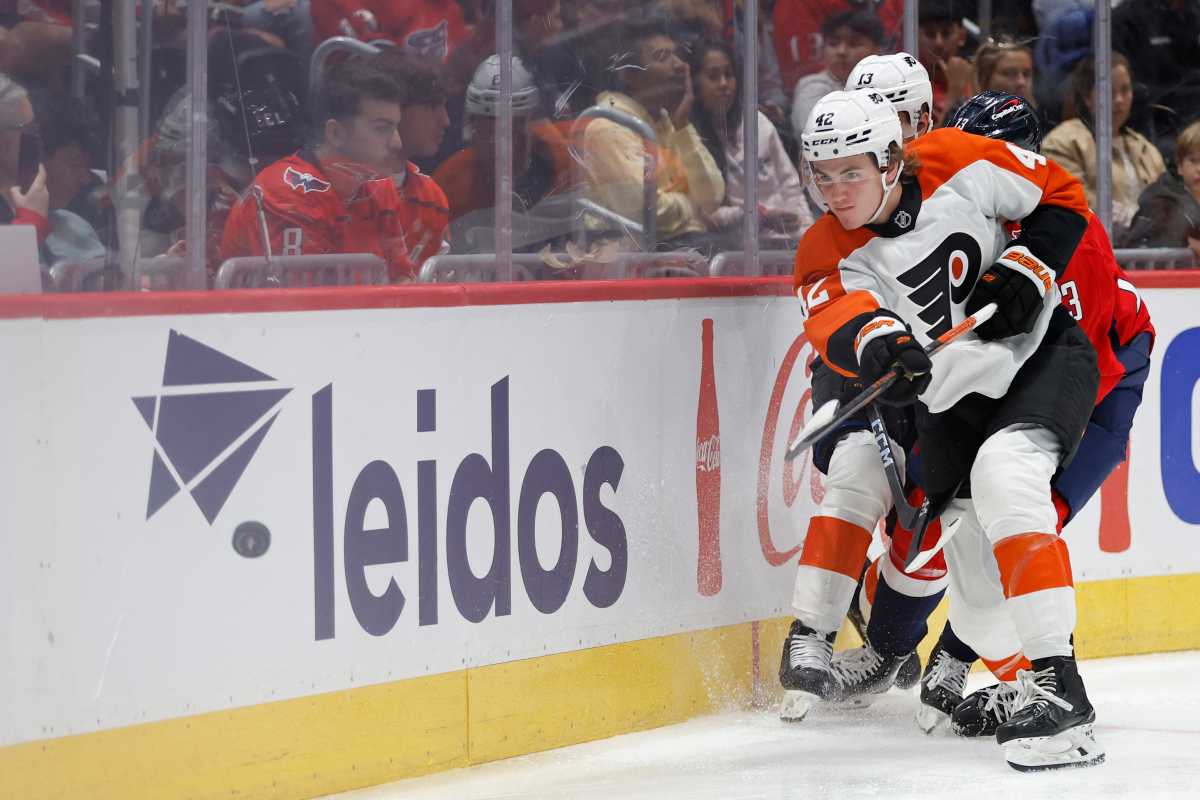Philadelphia’s public schools will reopen in September, with students returning for in-person classes twice a week.
The rest of the time, students will log in for online instruction. Families will also have the opportunity to keep their children at home and sign up for a completely digital experience.
Officials on Wednesday revealed the School District of Philadelphia’s reopening plan, though they acknowledged the COVID-19 pandemic could force the closure of a classroom, individual school or even the entire district.
District leaders repeatedly stressed that the plan would be flexible and said it could change before the start of the school year, tentatively rescheduled from Aug. 31 to Sept. 2, and after classes resume.
Hours after details were released, teachers expressed doubts over whether the district could pull off the hybrid plan.
“There are so many pieces,” said Kristin Luebbert, a 9th grade teacher at the U School in North Philadelphia. “You just have about a million questions.”
Schools will divide students into two groups, one of which will come in on Mondays and Wednesdays, the other, Tuesdays and Thursdays. All students will have digital instruction on Fridays.
Children with special needs and those in Pre-K will have face-to-face lessons Monday through Thursday.
It’s all designed to reduce class sizes by 50 to 60 percent, officials said, with a maximum of 25 students in a room.
“We could just consider keeping schools closed but, for their long-term success, including their long-term health, children need to learn, so as a society we have to try to find a way to balance those risks,” said Health Commissioner Thomas Farley, whose department helped develop the plan.
The district will not administer coronavirus tests or temperature checks, instead relying on parents to assess their child’s health each morning. Families will be required to sign an agreement promising not to send sick kids to school.
All district personnel will need to complete a daily online screening form asking about symptoms and whether they have been in contact with someone infected with the virus.
If a student or staff member tests positive, the district will work with the health department to conduct contact tracing to identify who should go into quarantine, Barbara Klock, the district’s medical officer, said.
Klock said officials are working with health experts to determine criteria for when a whole school should be shut down in the event of an outbreak.
“We are preparing for when, not if, positive COVID-19 cases impact one or more of our school communities,” Superintendent William Hite said on a call with reporters Wednesday.
Hite said the district is working with the city to find spaces for kids to go on their digital days to ease the burden on working parents.
Families concerned about sending children back to school can opt into the “digital academy,” a program that officials said will be 100 percent virtual.
It will be staffed by teachers who cannot return in-person due to documented medical vulnerabilities, Hite said. Newly-hired educators who have yet to be assigned to a school will also be used to supplement remote classes.
“We could very well need to hire more teachers,” Hite added.
Unlike this past spring, attendance, whether in-person or virtual, will be mandated and tracked, and students will be graded on their work.
Everyone in school buildings will have to wear facial coverings. Students in high school and middle school will be required to wear masks, while younger children will have the option of wearing clear face shields or masks.
The district said it will provide masks daily to students, as well as two face shields a week to those in grades K-5. Teachers will be offered one cloth mask for the year. Students will be able to take 15-minute “mask breaks” during the day.
Desks will be spaced 6 feet apart, and, if that’s not possible, plexiglass barriers will be installed or classes will be moved to larger areas, like cafeterias and gyms.
For lunchtime, students will have socially-distanced meals in the cafeteria or bring food back to the classroom to eat at their desks.
Officials said crews are in the process of deep-cleaning all schools, and, once classes begin, workers with backpack sprayers will hose down each building with disinfectants at the end of each day. High-touch surfaces will be cleaned at least every four hours.
Representatives from the teachers’ union said they are still reviewing the reopening plan and gathering feedback from members.
“A cursory review raises a number of significant concerns,” the Philadelphia Federation of Teachers said in a statement. “Certainly, the recent uptick in cases nationwide, the local plateauing of cases, as well as the lack of federal funding, calls the feasibility and safety of an in-person return into question.”
Hite said the district estimates the plan will cost $60 to $80 million on top of the district’s budget, which has already been put under strain by the pandemic. He’s hoping the federal government passes legislation to provide aid to districts.
Officials had wanted to go with a format that would have had K-4 or K-3 students come in for classes four days a week, but it would have cost too much and wasn’t feasible, according to district documents.
Luebbert, who has two children who are also teachers in the district, said she doesn’t trust the school system to handle reopening given how it has dealt with previous issues related to asbestos and lead in buildings.
“We’re torn because we want to be with our children and we want to teach our children, but we also would prefer not to die doing it,” she said.
The Board of Education will consider aspects of the district’s plan during its meeting next Thursday.



